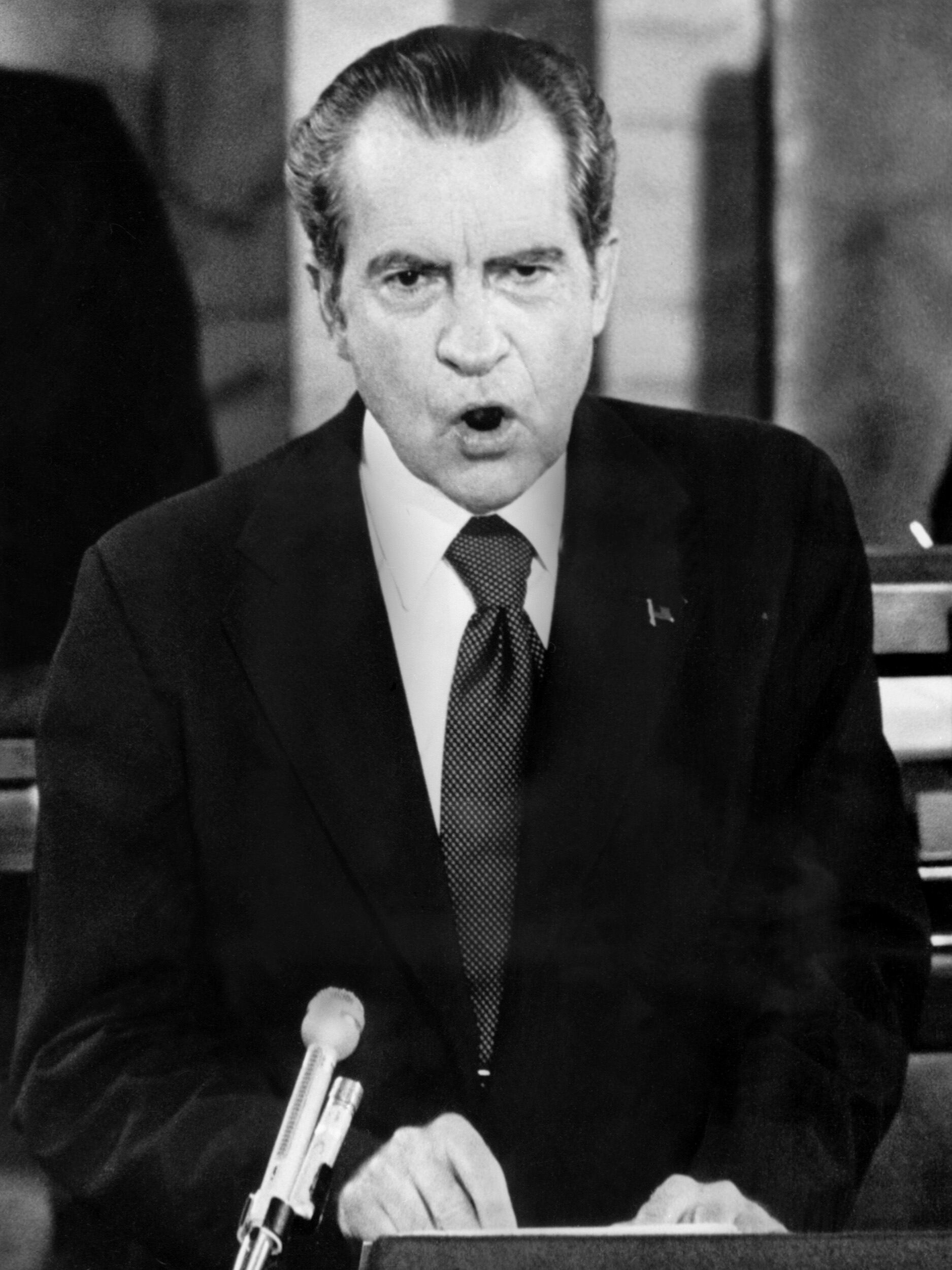This is part of a larger Federal Times 50-year anniversary project, showcasing the historic events from the last five decades that most shaped how government operates. Go to our special report to see more of our coverage as it rolls out in December and the first part of 2016.
Over the last two years, the federal government has made strides in improving its customer service in the digital realm – putting an emphasis on developing more digital tools and refining the customer experience online – and has been pushing initiatives to reform public sector administration, from organizational structure to acquisition.
This shift in focus can be directly linked to the influence of the Internet – the World Wide Web in particular – and how it upended social and business interactions and continues to change the face of government.
RELATED

While the U.S. government can take credit for developing the protocols that underpin the Internet, it was the invention of the World Wide Web – a specific set of protocols available to anyone with a connection – in 1989 that had the biggest impact on how the government works, particularly in how it interacts with citizens.
Prior to the Web, "The world operated in a radically different way," said Dave Wennergren, senior vice president for technology for the Professional Services Council and former Navy CIO and Defense Department official. "We really had a paper-based world … To be able to have people connected across great distances to be able to do transactions together, allowed us to move away from a highly administrative workforce to a much more technical and professional workforce focused more on the government mission rather than the support structures that go along into getting the mission done."
While the Web had immediate effects on the way government administration is structured – some of which are still being worked out today – it also radically changed what the public expected of its government. The digitization of the world opened up people's ability to communication with each other in ways never imagined. But as businesses began developing services online, the speed and convenience of these apps drastically altered views on customer service, too.
"It brought this immediacy to transactions," Wennergren said. "People started to have a different set of expectations about what a user-centric or customer-centric world looked like. And the government was having to catch up … Over the course of the next few years we saw a lot of emergence of the power of e-commerce and e-business and how we could do transactions to help speed up government effectiveness and make government closer to the customer."
The federal government had been taking the technological revolution seriously for decades, instituting laws like the 1996 Clinger-Cohen Act, which established agency CIOs and laid out provisions for IT acquisitions. Yet the online interface with citizens continued to suffer until more recently.
Notably, the high-profile failure of Healthcare.gov in 2013 forced federal agencies to focus on the citizen experience and not just delivering services online. Customer-oriented program offices began popping up across government. The most notable was created at the Office of Management and Budget: the U.S. Digital Service, started by the team who overhauled Healthcare.gov.
Fast forward a couple years, and Digital Service teams are now being stood up at every agency. The focus on speeding delivery of services has, out of necessity, sped up the development and procurement process, as well.
The change in culture resulting from the creation of the Web is spreading through government, though there is still a ways to go, according to USDS Director Mikey Dickerson.
"There's kind of a default assumption [in industry] that if you've thought of something new and you want to try it … there's a standing assumption that the company will try to help you try your new thing," Dickerson told Federal Times in April 2015. "There's a little bit of an attitude in some agencies that's more change-averse – more resistant to outside ideas."
RELATED

The need to provide quality services in a timely manner is breaking down some of that resistance, as agencies begin to see the value in advancements like agile development and cloud computing, neither of which would be possible without the Web.
“That was when it all changed, when we recognized two key things: that costs could be dramatically reduced by taking advantage of technology and that information could be shared in ways that were never dreamed possible to create new solutions and new approaches,” Wennergren said. “Those two things fundamentally changed the world and that’s when government got in the game.”
Aaron Boyd is an awarding-winning journalist currently serving as editor of Federal Times — a Washington, D.C. institution covering federal workforce and contracting for more than 50 years — and Fifth Domain — a news and information hub focused on cybersecurity and cyberwar from a civilian, military and international perspective.
In Other News



